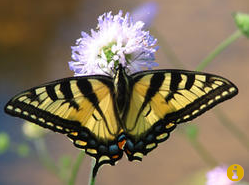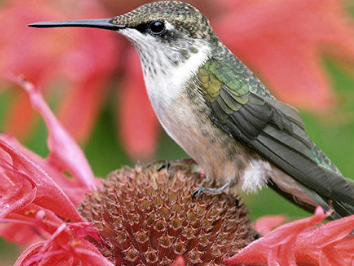Grow Your Dreams
With native Seeds
With native Seeds

Scientists define flora as a group of plants. In biology, flora refers to the plants found in specific regions, such as flora in North America, or of a geologic period. The term has a variety of synonyms: native plants in a region, vegetation, leafage, foliage, and herbage.
Small birds, mammals, reptiles, amphibians and fish depend on insects for a significant portion of their diet. A baby bluebird for example relies on its mother to deliver bugs to the nest. Those bugs in turn depend on plants to transform the energy of the sun into something edible. Plants use an array of poisonous or nasty-tasting chemical defenses to avoid being consumed, so most insects have evolved specialized relationships with specific plants, tolerating and even benefitting from those chemicals.
It takes millennia for specialized insect-plant relationships to develop. A well-known example is the monarch butterfly (Danaus plexippus) and milkweed (Asclepias spp.). Monarch mothers only lay eggs on milkweed species because monarch caterpillars have evolved the ability over tens of thousands of years to digest poisonous milkweed leaves other insects cannot eat. Replacing milkweed with day lilies for example, or another introduced plant, and expecting monarchs is not possible.
Introduced non-native plant species contribute almost nothing to the food chain. Much of the exotic greenery we see in our residential areas provides some beauty, but little to support our ecology.
Consider planting our native flora seeds to help protect our pollinators and ecosystem. All hummingbirds, bees, insects, and butterflies will thank you.
Native Flora Seeds has made agreements with Homegrown National Park to join forces where we will take some of the profits from our seed sales and donate to Homegrown. Also, when you purchase seeds, you can go to their website and log in the garden you are growing.

TO EDUCATE AND RAISE AWARENESS OF THE BIODIVERSITY CRISIS DUE TO LOSS OF HABITAT,

